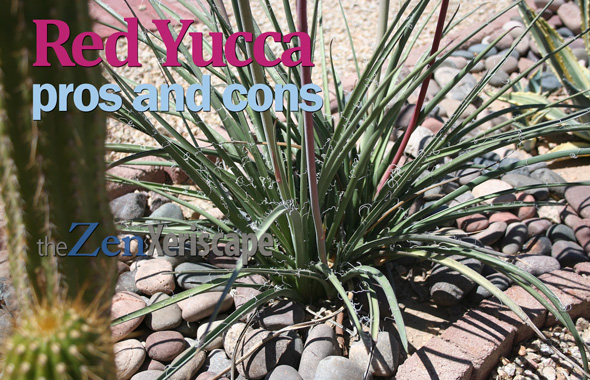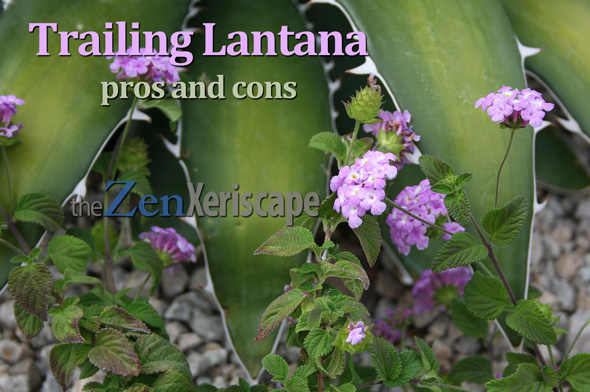The Russian sage (Perovskia atriplicifolia ) is a hardy perennial. In 1995, it was named the Plant of the Year by the Perennial Plant Association. I love the Russian sage because it has aromatic leaves with long stems of small but abundant flowers. Here’s what I’ve learned about how to grow Russian sage.
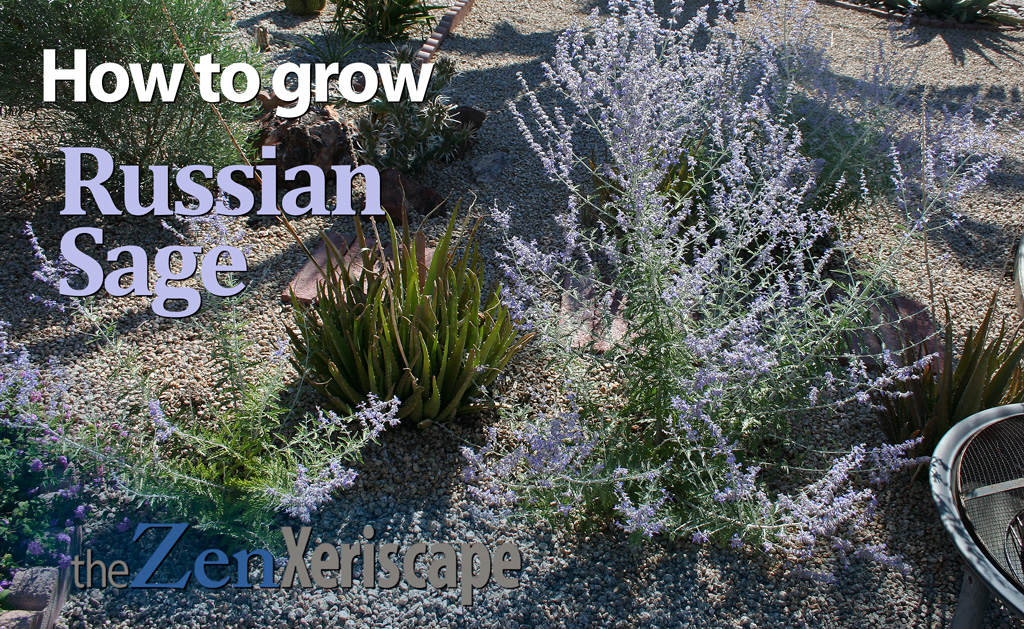
that was named Plant of the Year in 1995!
Photo by Doug Martin
How to grow Russian sage
Plant in USDA hardiness zones of 5 to 9
The Russian sage can survive year-round in the USDA hardiness zones of 5 through 9. If you get winter temperatures below 20 degrees F, however, it would be wise to provide protection. You might use an inverted ceramic flower pot, and on top of that add a burlap bag or another fabric cloth.
Even a couple inches of mulch will keep the roots of your Russian sage alive during single-digit winter temperatures. If cold weather does zap the tender leaves and stalks, don’t give up hope. Your award-winning perennial plant will probably sprout new growth when temperatures warm up again.
Here in southern Arizona, I live in zone 9b. As you know, it gets extremely hot here in the summer. Because of the heat, I thought for sure that my Russian sages would dry up under the sun.
But, I was wrong—not only did they not fry, but they pulled through the summer unscathed. Of course, they didn’t bloom much, and they didn’t grow much, but they survived while a few other of my desert plants succumbed to the heat.
Plant in well-draining soil
This plant does best in soil that drains well. If you have clay-based soils like I do in southern Arizona, add organic material like compost and some fine sand. Both materials will help aerate the soil for vigorous root growth.
Dig a hole twice the diameter of root ball
Dig a hole that is twice the diameter of your plant’s root ball.
Divide clumps before planting
If you bought a large pot of Russian sage, divide up the clumps before planting. You might get three plants for the price of one, and each clump will survive!
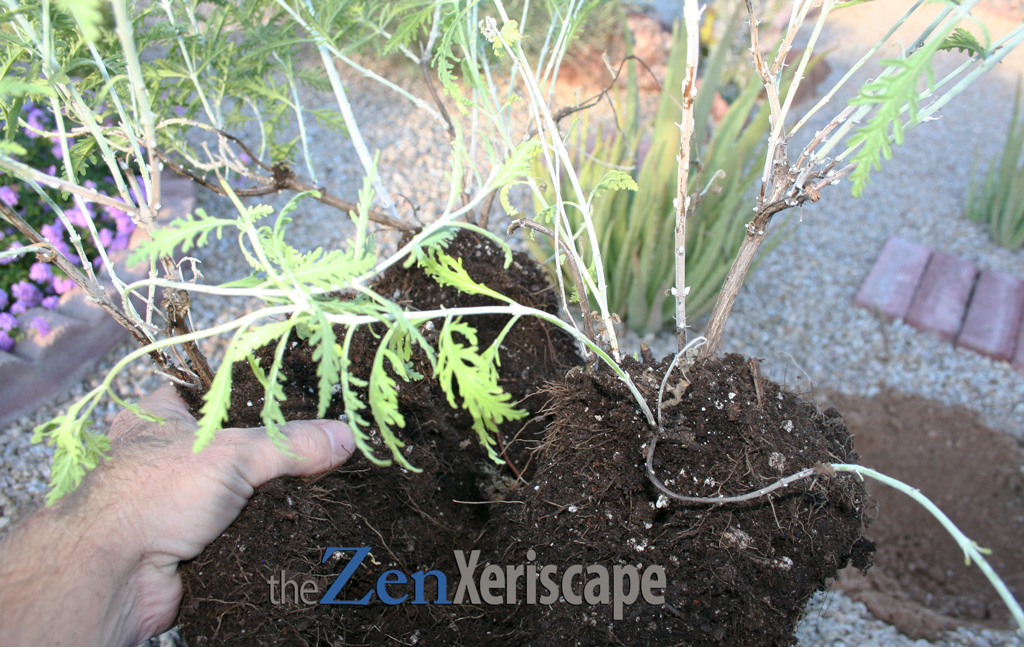
to create more plants before putting in the ground.
The more Russian sages, the merrier!
Photo by Doug Martin
Explore Prime benefits and options! (As an Amazon Associate, I earn a commission from qualifying purchases.)
Amend soil
I live in southern Arizona. Here, the soil is clay-based, with lots of caliche. This plant requires soil that drains well, so it will do best if you add a little sand and organic potting soil while planting.
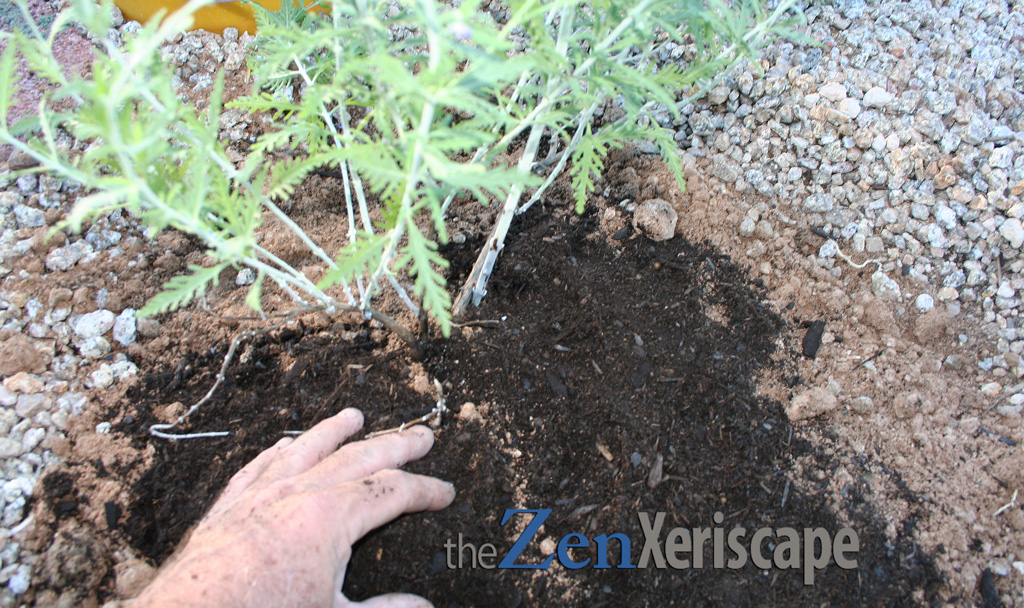
Amending the soil with sand, organic potting soil, or a little perlite
will improve draining and keep its roots healthy.
Photo by Doug Martin
Full sun for abundant flower blooms
Plant your Russian sage in full sun for the most dense vegetation and abundant display for flowers. My Russian sages have thrived in the full sun of southern New Mexico. There, temperatures occasionally reached 105 degrees F.
And now after enjoying many summers in Phoenix, Arizona, I can attest that Russian sage not only survives in our brutal, extreme heat, but it thrives, too! 115 degrees F? No problem for this perennial!
Too much shade will promote unattractive, leggy growth
Just like many sun-loving plants, the Russian sage will get long, leggy stems that tend to fall over if they’re planted in the shade. Their stems get long because they are reaching for the sun, wherever that might be.
After planting, monitor the moisture in your soil
If you’re just planting your Russian sage, monitor the soil. Once the upper few inches dry out, water deeply again. That might mean you’re watering two or more times a week for the first year.
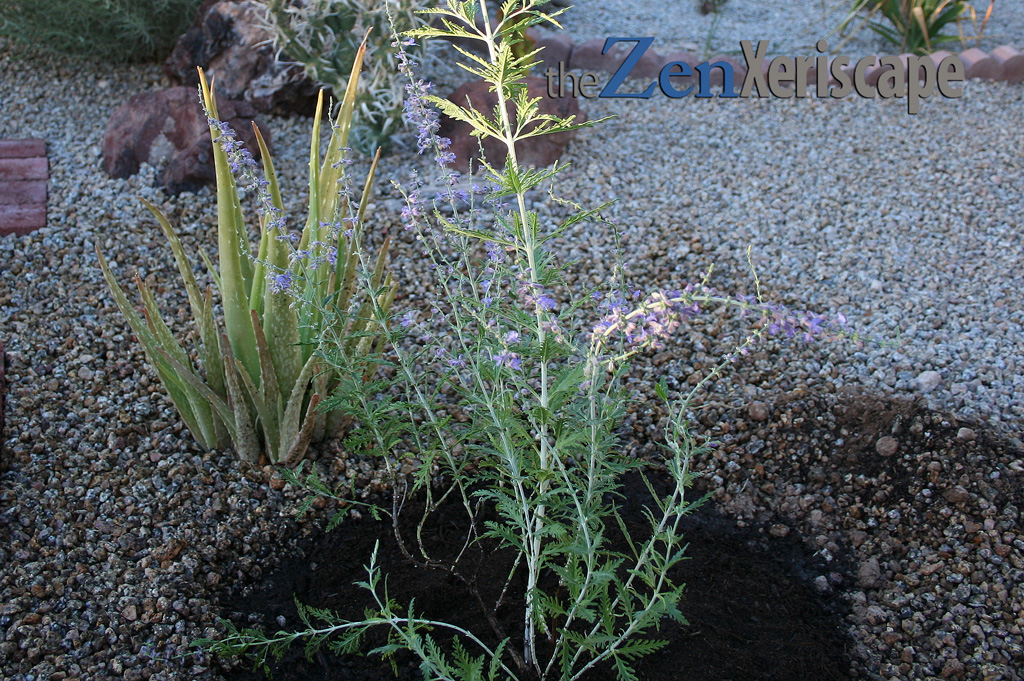
During the first year, water more often as the soil dries.
In subsequent years, you can water less frequently.
Photo by Doug Martin
After the first year your Russian sage will need less water
After the first year, your Russian sage should have a well-developed root system. It’s mature root system will then tolerate less frequent waterings. I usually water my mature Russian sages deeply once-a-week, but during the winter, it might only be once-a-month!
In early spring, prune old growth
When warmer temperatures arrive in the spring, trim off the Russian sages’ old growth. Generally, I would cut the stalks off about 2-or-3 inches from the base of the clump. The pruning stimulates fresh new growth, and will allow sunlight to warm the roots and spur them on to new heights.
How to grow Russian Sage
Characteristics of Russian Sage
Russian sage is a drought tolerant xeriscape plant
The Russian sage partners well with other drought tolerant plants in your xeriscape. I’ve planted my most recent purchase next to my fast-growing and drought tolerant aloe vera plants. Together, they will survive with hot sun and only a little water.
Russian sage does well in containers
Russian sage is such an easy-to-grow and hardy plant that it will also thrive in containers placed outside. In fact, you might mix beautiful containers of Russian sage in with your other landscape plants. Then, if you live in colder, northern climates, just bring your containers into the house over the winter.
Containers should have drainage holes to prevent water-bound roots. Just add a little slow-release fertilizer, and you’ll have a festive Russian sage with lots of fragrant leaves and abundant, purple-blue flowers.
Size and growth rate
Russian sage stems can reach 2-to-4 feet high. In full sun, your plant will have denser growth which will help support the tall stems. In my experience, Russian sage is a fast-growing plant. With full sun and regular deep water, it will constantly produce new stem growth around the base.
Lots of flowers
Stems will grow fast and produce flowers throughout the growing season. Each stem produces a mass of small, 1/4 inch-wide flowers.
The intense, vibrant blues vary in shade, and may include some purple and mauve hues. And the small white stamens add a beautiful contrast to the flower.
My Russian sages in southern New Mexico had produced flowers from summer all the way into the fall.
Here in Phoenix, Arizona, my Russian sages bloom profusely in the spring and fall. However, during the hot summers, they rarely flower, but still are a nice addition to my xeriscape.
Bees and hummingbirds love the flowers
Bees love the Russian sage flowers. Here in Phoenix, I have mine close to an informal walkway. Whenever I pass through, I brush past the stems and flowers, but the bees don’t pay any attention to me. They are fixated on the flowers and its pollen.
Just after dawn and before dusk, I see lots of hummingbirds jockey for position at my Russian sages. They love the flowers as much as the bees.
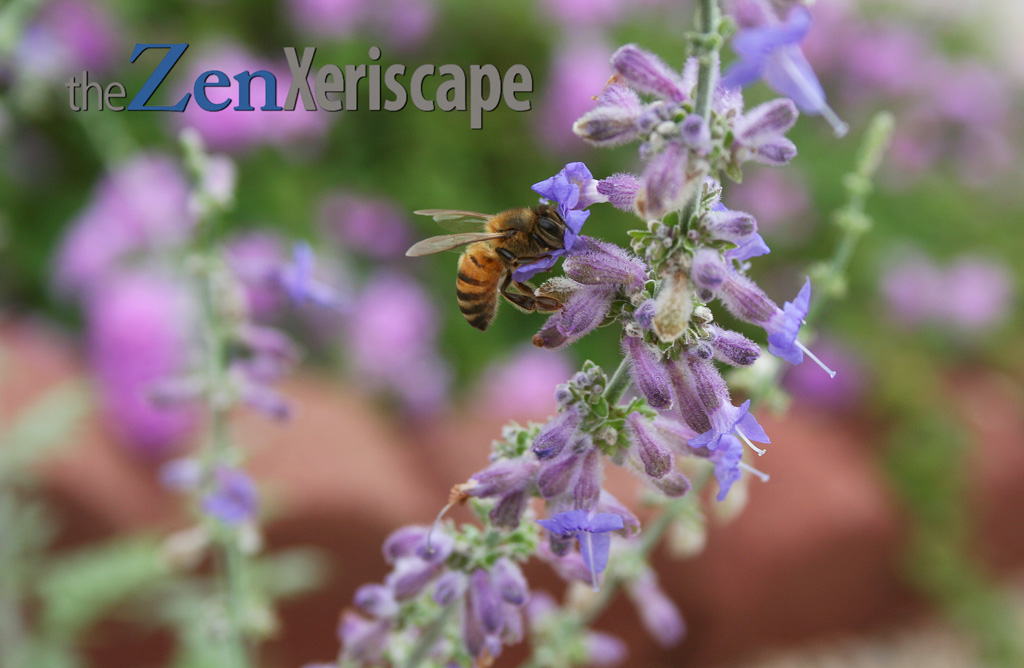
from the Russian sage.
Photo by Doug Martin
How to use Russian Sage in a landscape
You can really be creative with this hardy perennial favorite. Russian sage looks beautiful on a hillside rock garden, or planted in a mass grouping. The purples, blues, and greens make a good companion for red, yellow, and even pink flowers.
When I lived in Las Cruces, I had my Russian sage planted next to a taller Mexican red bird of paradise, along with a grouping of desert marigolds in the front. On the side, I had a butterfly bush, golden shasta daisy, and muhly grass.
If you have a container-bound Russian sage, place it in any sunny location in your landscape or outdoor living area.
Even though the Russian sage does deter deer, rabbits, and other nibblers, I haven’t yet put that to the test. In our neighborhood, we have rabbits as well as larger jackrabbits.
Jackrabbits seem to be especially aggressive with my other pest-resistant plants. I’m afraid that if I put a Russian sage in front of my house, the local jackrabbit gang would chew it to the ground.
Russian sage tolerates hot and cold temps
Cold-tolerant, it survives temps of 20 degrees F or less
I’ve had great success with Russian sage in the high altitudes of southern New Mexico. There, nighttime winter temps can drop into the single digits.
During those winters where temperatures did drop below 10-to-20 degrees F, the vegetation sometimes turned brown. After the early spring warmth arrived, however, new growth sprouted from the base.
And years ago when I lived in Pennsylvania, the hard freezes of those northern winters usually killed my Russian sages to the ground. By springtime, however, they almost always quickly grew back from the roots. Plus, many seeds sprouted, which increased my supply!
Heat-tolerant, thrives in triple digit warmth
Today, in my metro Phoenix landscape, we rarely get those cold winter lows, but the summertime temps can be brutally hot.
I’ve had a Russian sage for over five years in metro Phoenix, Arizona, and not only have my Russian sages thrived, but they have multiplied. Many seeds have germinated close by my original plants. They’ve been such prolific seeders, that I have pulled the some of the seedlings out of the ground like weeds.
Explore Prime benefits and options! (As an Amazon Associate, I earn a commission from qualifying purchases.)
TAKEAWAYS:
How to grow Russian sage
I love the Russian sage. In fact, it might be my favorite perennial plant. It’s easy to grow, and thrives in hot weather. It even survives below-freezing temps. This perennial is drought-tolerant, and mixes well with other plants in your landscape.
Plant in well-draining soil. If needed, amend soil with organic potting soil, sand, and perlite. In the first year, water as the soil dries. In subsequent years, water less frequently. The Russian sage is truly a drought-tolerant plant, and is perfect for your xeriscape.
The flowers attract hummingbirds, butterflies, and bees. In addition, this plant is easy to grow in a container. It’s a perfect perennial plant.
And as I noted above, my Russian sage not only survives in the intensely hot southern Arizona climate, but it thrives, too!
Content and photos by Doug Martin, the Zen Xeriscape


